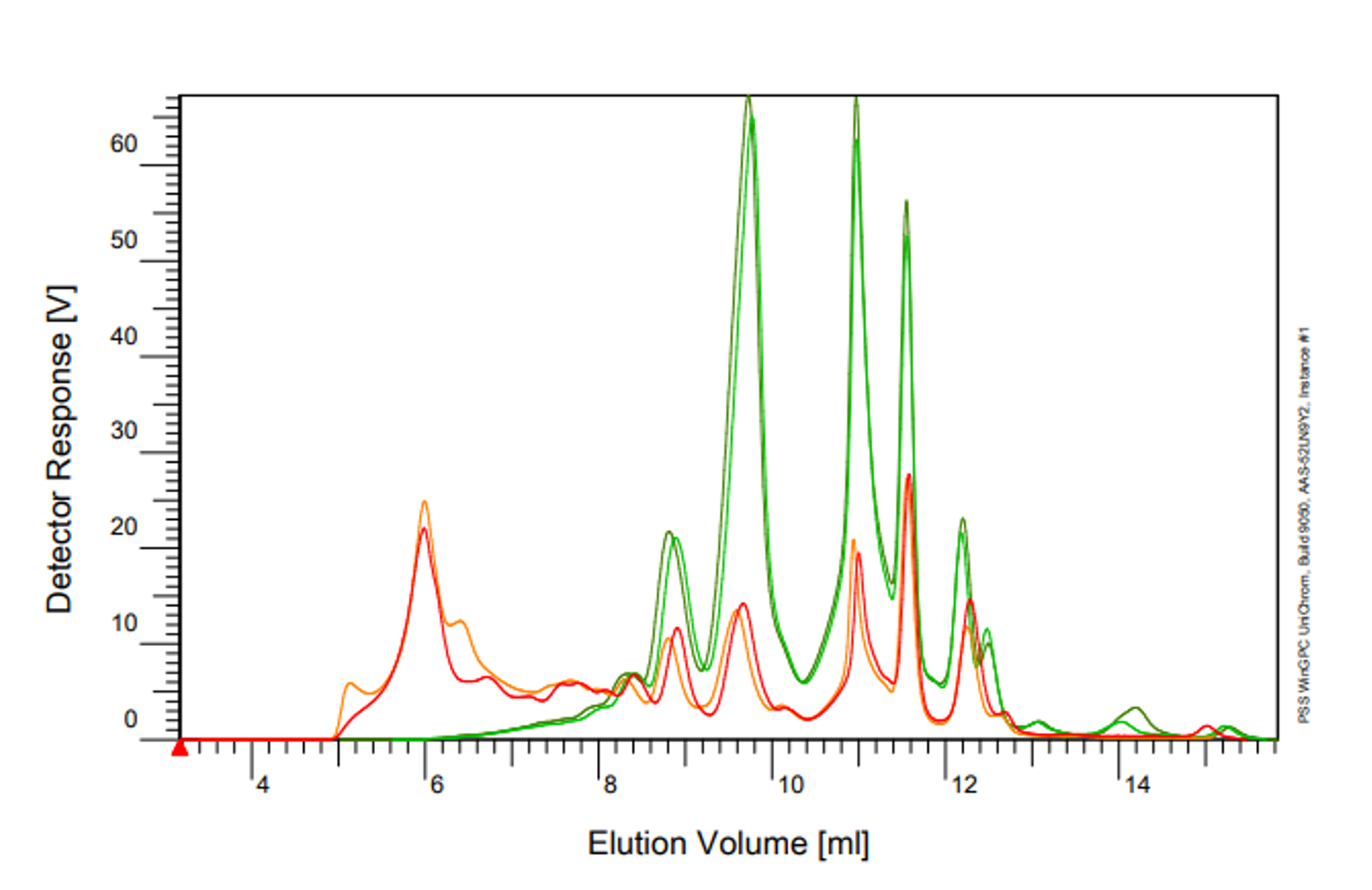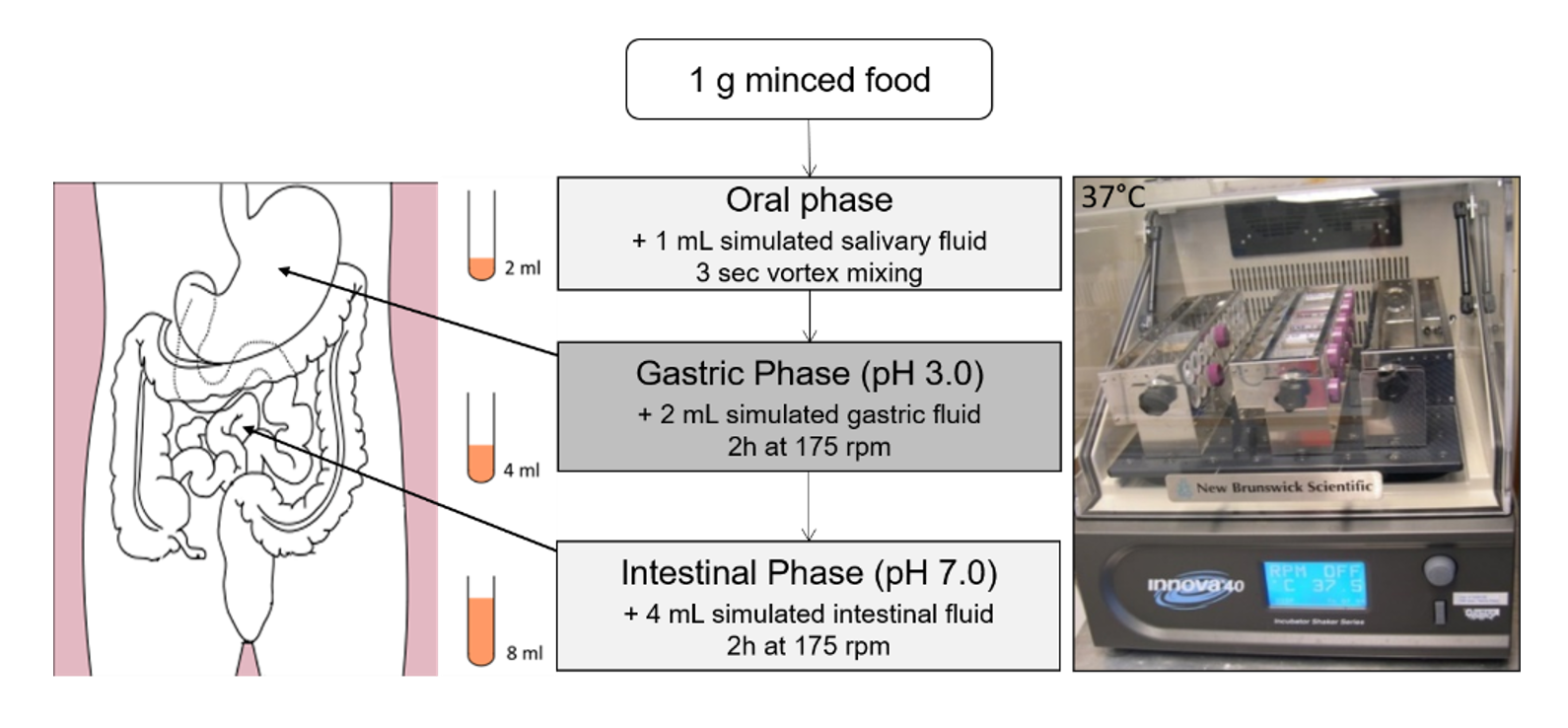The digestibility of proteins is essential for their role in nutrition.
The impact of food processing on protein digestibility can best be studied by in vitro models mimicking human digestion combined with suitable analytical tools.
Why is protein digestibility important?
When we eat foods containing proteins, the proteins are broken down in the stomach and small intestine by different digestive enzymes into small peptides and free amino acids, the building blocks of the protein.
Only very small peptides and amino acids can be taken up across the intestinal barrier into the body, where they again act as building blocks for body proteins, ensuring that our bodies function properly. If a protein is not digested, its building blocks cannot be used by the body.
What can be the impact of food processing on protein digestibility?
Food processing can change the three-dimensional structure of proteins. The heating of proteins, for example, results in an irreversible structure change, which influences the functionality of the proteins, but also their accessibility for degradation by digestive enzymes.
In complex foods, interactions with other food components may also influence protein digestibility. Processing such as heat treatment may either increase or decrease protein digestibility, depending on the extent of heating as well as the food structure.
How can protein digestibility be measured?
Protein digestibility measurement in humans is difficult as it requires samples to be taken from the end of the small intestine to determine indigestible proteins. Protein digestibility has also been estimated by measuring indigestible proteins in faeces, which is less accurate but not invasive.
However, both techniques are very laborious and time-consuming, and are therefore not suitable for studying the impact of food processing, since this requires the comparison of many different samples. Instead, in vitro methods are often used.
In vitro digestion models
In vitro models can mimic human digestion in a reagent tube by the subsequent addition of digestive enzymes. In vitro models are continuously being improved, and in iNOBox we have used the international consensus model INFOGEST, which has been developed by a network of leading European scientists to closely resemble human digestion.
Measurement of in vitro protein digestibility
After in vitro digestion, the different digests need to be analysed to obtain information on protein digestibility. We have used a combination of two methods to determine protein digestibility. One method measures the solubilisation of protein from a solid food matrix, and the other measures the generation of small peptides during digestion.
Combining these methods can give insights into two important processes during protein digestion: solubilisation and the breaking down of the protein into its building blocks. The method can be used to quantify and compare the in vitro protein digestibility of different foods with different protein sources, and to study the effect of various processing techniques.



